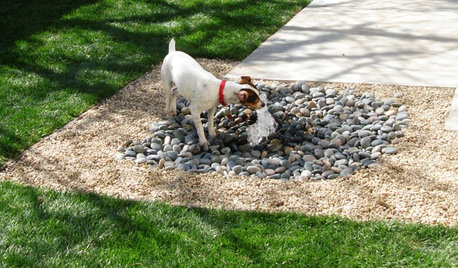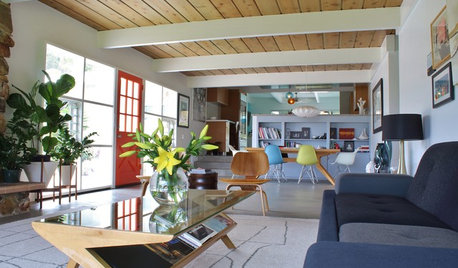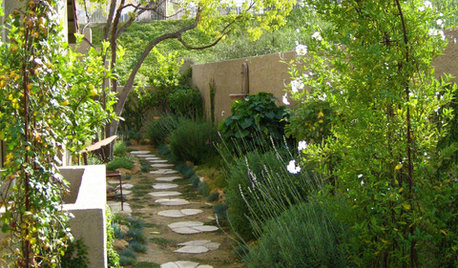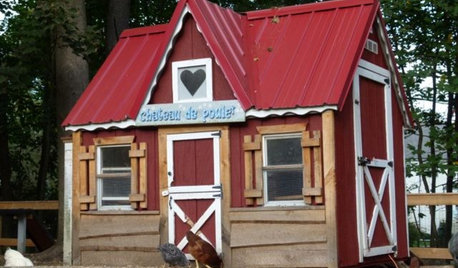Ponytail palm training new owner
User
9 years ago
Related Stories

ARTWitness a Fantastic Chihuly Glass Sculpture Installation
Ever wonder what goes into a design that includes a major — and highly breakable — artwork? Here's your chance to find out
Full Story
MOST POPULAR8 Backyard Ideas to Delight Your Dog
Cue the joyous soundtrack. These pet-friendly landscape and garden ideas will keep your pooch safe, happy and well exercised outdoors
Full Story
HOUZZ TOURSMy Houzz: Cool, Creative Midcentury Style
Art, simple tweaks and timeless furnishings give a 1958 classic in Del Mar a new spin
Full Story
MEDITERRANEAN-STYLE DESIGN9 Architectural Elements of Spanish Revival Style
See the Details That Keep Spanish Revival Such a Sought-After Design
Full Story
ARCHITECTURE4 Things a Hurricane Teaches You About Good Design
When the power goes out, a home's design can be as important as packaged food and a hand-crank radio. See how from a firsthand account
Full Story
GARDENING AND LANDSCAPING8 Splendid Side Yard Designs
Treat your skinny side yard like the beautiful green corridor it wants to be, with these verdant garden designs as inspiration
Full Story
GARDENING AND LANDSCAPINGChicken Coops That Rule the Roost
These 8 chicken coops designed by Houzz users will have you clucking in admiration — and maybe even planning a henhouse of your own
Full Story
HOUSEPLANTS10 Top Plants to Grow Indoors
Brighten a room and clean the air with a houseplant that cascades artfully, stretches toward the ceiling or looks great on a wall
Full Story
PETSPet-Proofing Your Home: A Room-by-Room Guide
Not all pet dangers are obvious. Keep furry friends safe and sound by handling all of these potential hazards
Full Story
PETSSo You Want to Get a Cat
If you're a cat lover, the joys outweigh any other issue. If you haven't lived with one yet, here are a few things to know
Full Story









UserOriginal Author
arthurm
UserOriginal Author
tapla (mid-Michigan, USDA z5b-6a)
UserOriginal Author
arthurm
UserOriginal Author
UserOriginal Author
Photo Synthesis
UserOriginal Author
tapla (mid-Michigan, USDA z5b-6a)
UserOriginal Author
tapla (mid-Michigan, USDA z5b-6a)
UserOriginal Author
Photo Synthesis
tapla (mid-Michigan, USDA z5b-6a)
UserOriginal Author
UserOriginal Author
Photo Synthesis
UserOriginal Author
Photo Synthesis
Photo Synthesis
UserOriginal Author